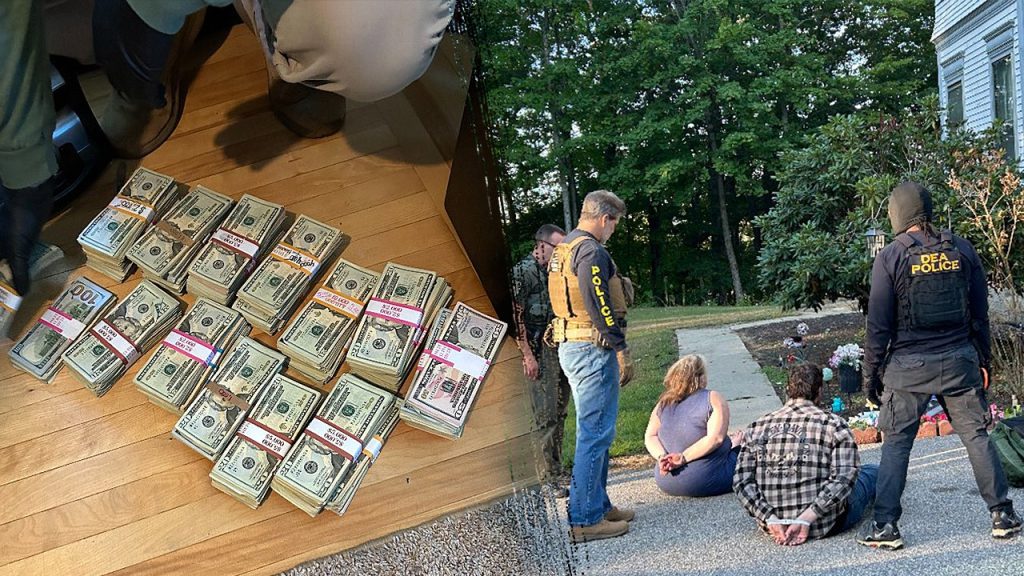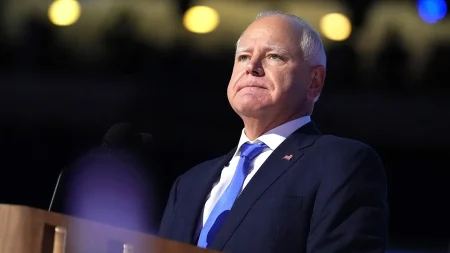Major Strike Against Sinaloa Cartel Results in Nationwide Arrests
In a sweeping operation that showcases America’s intensified fight against drug trafficking, the Drug Enforcement Administration (DEA) has conducted one of the largest coordinated crackdowns on the notorious Sinaloa Cartel. Over a single week in late August, authorities arrested 617 individuals tied to the cartel across 23 field divisions throughout the United States. This massive enforcement action not only disrupted one of the world’s most powerful drug trafficking organizations but also removed dangerous substances from American streets before they could claim more lives. The operation highlights both the extensive reach of Mexican cartels into American communities and the determined response of law enforcement to protect those communities from the devastation of drug trafficking.
The DEA’s surge operation, which ran from August 25 to 29, yielded staggering results beyond just arrests. Agents confiscated an enormous quantity of illegal drugs, including 480 kilograms of fentanyl powder—enough to potentially cause millions of fatal overdoses. Additional seizures included 2,209 kilograms of methamphetamine, 7,469 kilograms of cocaine, 16.5 kilograms of heroin, and over 714,000 counterfeit pills. Authorities also removed 420 firearms from the streets and seized $11 million in cash, striking a significant financial blow to the cartel’s operations. DEA Administrator Terrance Cole emphasized the human impact of these seizures, stating, “Every kilogram of poison seized, every dollar stripped from the cartels, and every arrest we make represents lives saved and communities defended.” This framing reflects the agency’s understanding that this isn’t just about drug quantities—it’s about preventing tragedy in American families and neighborhoods.
The New England region saw particularly notable results, with 171 suspected cartel members taken into custody across six states. Connecticut led with 64 arrests, followed by Massachusetts with 49, New Hampshire with 33, Maine with 11, Rhode Island with 10, and Vermont with 3. Alongside these arrests, authorities in New England seized 244 kilograms of various drugs, 22,115 counterfeit pills, $1.3 million in cash, and 33 firearms. Jarod Forget, Special Agent in Charge of the DEA’s New England Division, didn’t mince words about the threat, calling the Sinaloa Cartel “our public enemy number one in New England.” One of the operation’s most significant actions occurred in Franklin, New Hampshire, where a three-month investigation culminated in 27 arrests of individuals allegedly trafficking fentanyl and methamphetamine from Lawrence, Massachusetts, demonstrating the interconnected nature of the drug supply chain.
What makes this operation particularly revealing is how it exposed the Sinaloa Cartel’s remarkable reach into communities of all sizes across America. From major urban centers to small rural towns, the cartel’s distribution networks have penetrated deeply into the American landscape. Jim Scott, Special Agent in Charge of the Louisville Division covering Kentucky, Tennessee, and West Virginia, observed that “the Sinaloa Cartel’s tentacles spread far and deep; no community is spared.” This sobering reality helps explain why the DEA coordinated such a broad national effort rather than focusing on traditional drug trafficking hotspots. The cartel’s ability to establish distribution networks in unlikely places has required law enforcement to adopt an equally expansive approach, recognizing that drug trafficking is not just a border state issue but a truly national crisis affecting communities in every corner of the country.
The timing of this operation coincides with increased national attention on the fentanyl crisis and border security. Recently signed legislation has given law enforcement new tools to combat trafficking of fentanyl-related substances, with state attorneys general suggesting these measures will end the “cat and mouse” dynamic that has allowed traffickers to stay ahead of prosecution by slightly modifying drug chemical structures. The DEA has also been targeting the cartel’s financial infrastructure, with recent operations seizing approximately $10 million in cryptocurrency directly linked to the Sinaloa Cartel. These complementary approaches—targeting the organization’s personnel, product, and profits—represent a comprehensive strategy to weaken the cartel’s operational capacity from multiple angles simultaneously.
While the immediate results of this operation are impressive, the true impact will be measured in its long-term effects on the Sinaloa Cartel’s ability to distribute drugs throughout the United States. Administrator Cole’s statement that “DEA will not relent until the Sinaloa Cartel is dismantled from top to bottom” suggests this operation, despite its scale, represents just one phase in an ongoing campaign. The hundreds of arrests will undoubtedly disrupt supply chains temporarily, but the resilience of cartel operations has been demonstrated repeatedly throughout the history of drug enforcement. Nevertheless, each successful operation provides valuable intelligence, removes dangerous individuals from communities, and prevents substantial quantities of deadly substances from reaching potential victims. For the families and communities that might have been devastated by the drugs seized in this operation, the DEA’s efforts represent not just law enforcement statistics, but lives potentially saved and tragedies averted.










